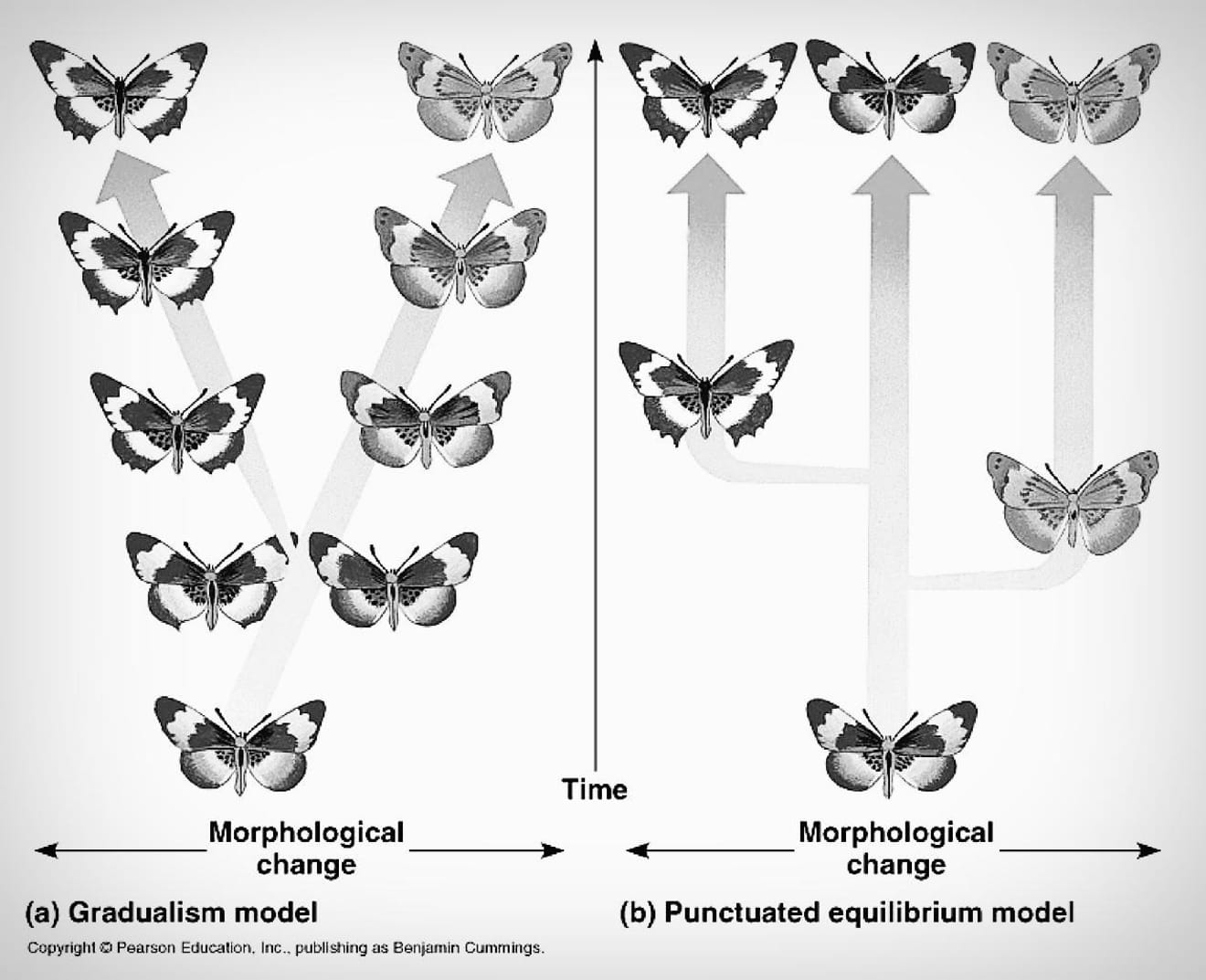- Untact Trend? Focus on the Deep Social Structures -2
- This article analyzes the changes in social structures and consumer behavior since the COVID-19 pandemic, and provides insights for establishing long-term corporate strategies. It emphasizes the need to explore sustainable business opportunities based on
"I've lost more of myself."
Kim Sung-yong, a 27-year-old film director, expressed his changed life due to COVID-19 as shown above. While initially thrilled to be working on a Netflix-funded drama, he's been experiencing confusion due to frequent filming postponements—three to four times in the past two months.
He's faced situations where previously confirmed filming locations suddenly revoked their permission, and he felt a sense of uneasiness and guilt whenever he and other crew members visited filming locations. Despite striving to build relationships with heads of other departments like the production and art teams to ensure smooth workflow as a senior member of the filming crew, the masked faces of his colleagues made it difficult. Even as filming reached its midpoint, it became challenging to recognize everyone on set.
Currently, he finds himself without work due to numerous canceled or postponed production projects. Previously, on days off from filming, he would enjoy activities like learning jiu-jitsu or going on dates with his girlfriend to explore restaurants. He now reflects that many of the things he once enjoyed seem quite distant.
In April, the International Labour Organization (ILO) estimated that around 2.64 billion people, or 81% of the global workforce of 3.3 billion, had either been laid off or experienced reduced working hours due to the impact of COVID-19.
Among them, workers in the retail, manufacturing, accommodation, and food service sectors, constituting 38% of the global workforce (1.25 billion people), primarily engage in face-to-face interactions. This makes them susceptible to wage cuts and layoffs in the current contact-free trend. As of March, the United States saw 24 million people lose their jobs, while China faced a similar crisis with 18 million unemployed. These figures represent the shocking reality of the sudden loss of job security and financial stability, a stark impact felt by those directly affected.
The interviewee's description of losing a part of themselves, like 'having a piece of flesh removed,' seems to capture the real, palpable pain of this situation, making it difficult to dismiss lightly.
Will COVID-19 be a Case of 'Punctuated Equilibrium'?
Evolutionary theory has traditionally maintained that organisms undergo constant change. This view essentially ignored the concept of stability within living beings. However, in 1972, a new evolutionary theory emerged that directly challenged this notion: 'Punctuated equilibrium.'
This theory proposes that evolution occurs within a stable system, and when a major crisis arises, it leads to a rapid and complete transformation, resulting in the creation of entirely new species. These new species then enter a long period of stable equilibrium, where they maintain their characteristics without significant change.This concept of punctuated equilibrium can be applied to the structures of human society in a similar way.

Comparison of gradualism (left) and punctuated equilibrium (right). Punctuated equilibrium theory suggests that species experience long periods of stability followed by rapid evolutionary changes. (Source: Naver)
To explain the difference between 'punctuated equilibrium' and general change in a more accessible way, let's use the example of a basketball game.In basketball, a typical example of change might be raising the height of the hoop. While it would be challenging for players who have practiced layups for years, the fundamental structure and rules of the game would remain largely unchanged.
However, if we were to apply a 'punctuated equilibrium' level of change, it would be like the basketball hoop 'disappearing' altogether.Such a drastic alteration would inevitably raise fundamental questions about the game's structure, the way it's played, and even the very purpose of the game itself.
Imagine the players as 'businesses' and the spectators as 'consumers.' The players and fans are accustomed to a game where honed skills and shots determine the score.
Then, suddenly, the hoop—a vital part of the game—vanishes. Both the players and the fans would be utterly baffled by the situation.
So, What is the Purpose of This Basketball Game Now?
Due to character count limitations, the remaining content can be found at the link below.
Comments0